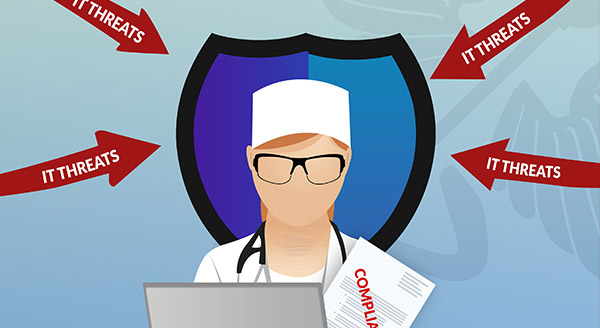

Touchscreen computer hardware and mobile devices are today’s “normal”, but do they have any value in a business setting?
According to many industries, from tourism to retail, manufacturing, and beyond, they do indeed. The ease at which even non-tech savvy people adapt to using a touchscreen and the wide range of hardware that supports the technology speaks volumes to its value, and you’d currently be hard-pressed to walk into any store, anywhere, without seeing one in action.
From the ordering desk to the point of sale, here are some of the benefits of touch-screen technology:
Poor employee engagement accounts for major losses in productivity. Touchscreens can help to improve engagement, and hypothetically, boost productivity. Most all productivity applications, including the Microsoft Office Suite, are touchscreen friendly. While your employees might want to add a keyboard for typing, the touchscreen can help them work faster, eliminating the need to use drop-down menus and simplifying screen navigation.
A conventional computer or laptop requires some degree of training in order to get the most out of its features and peripherals. A touch-screen, on the other hand, is simpler, more intuitive and interactive by its very nature.
Without the need to use a mouse or keyboard (optional accessories) the device or computer becomes instantly more portable and space-saving. This is especially important in shared office environments, or at the checkout counter in the restaurant or store where maximizing storage space and preserving sightlines are all-important.
Offering your employees the ability to interact with a touch-screen application means that forms, documents, and information will be completed and filed more quickly and efficiently. In the office, they help HR through the onboarding process and support compliance and other types of training, helping new hires hit the ground running.
In a retail environment, at a gallery or a museum, at the front desk of a hotel, hospital, clinic, office building or at the mall, a touch-screen directory or information station can ensure that visitors find what they are looking for and get to their appointments on time. Touchscreen kiosks are as standard healthcare settings as they are at the airport. In both scenarios, they are used for self-check-in, sparing employee time and attention so they can focus on other tasks.
You may have noticed the number of touchscreens in retail these days. The most popular new POS software is being made for touchscreen. It’s easy to use for both employees and self-serve customers, and it’s also much less expensive than its predecessor.
In settings such as healthcare and restaurant service, being able to keep technology clean is of primary importance, both for the health of patron and to comply with public health regulations. Computers can be as delicate as they are large and cumbersome to move and maintain, and they are often difficult to keep clean. Touchscreen devices can be placed into a moisture-proof, impact-proof housing for extra protection and can be cleaned as often and as vigorously as needed to maintain a sterile environment. Alternately, there are companies manufacturing touchscreens for industrial use that are resistant to most perils including the weather.
If your business is in need of new computer hardware or devices, it might be time to think about adding touch-screens. Call Greenlight today and speak to one of our technicians about what’s possible.